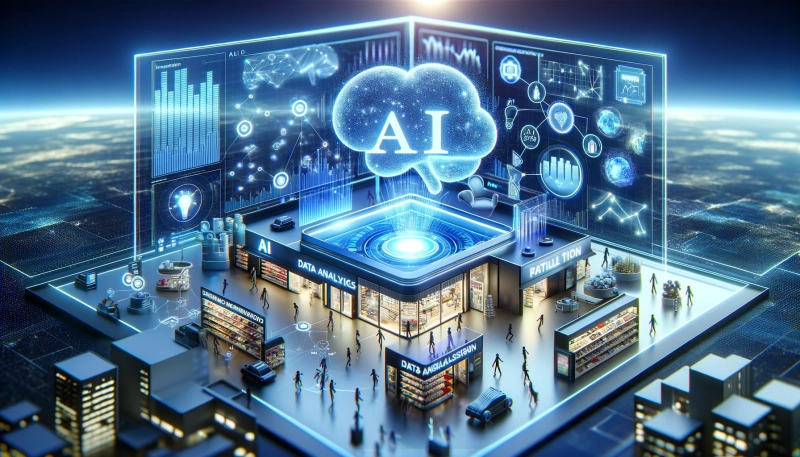The Impact of AI on Pediatric Diagnosis
The AI model developed by VinAI Research lab employs advanced deep learning techniques to analyze medical data, including symptoms, patient history, and diagnostic images. By learning from a vast dataset, the model can identify patterns and correlations that may not be immediately apparent to human physicians. This capability is especially crucial in the field of pediatrics, where accurate diagnosis can be challenging due to the wide range of diseases and the subtlety of symptoms in young patients.
The potential benefits of this AI model are manifold:
The AI model developed by VinAI Research lab employs advanced deep learning techniques to analyze medical data, including symptoms, patient history, and diagnostic images. By learning from a vast dataset, the model can identify patterns and correlations that may not be immediately apparent to human physicians. This capability is especially crucial in the field of pediatrics, where accurate diagnosis can be challenging due to the wide range of diseases and the subtlety of symptoms in young patients.
The potential benefits of this AI model are manifold:
- Enhanced Diagnostic Accuracy: By supporting physicians with data-driven insights, the AI model can help reduce diagnostic errors, ensuring that children receive the correct diagnosis more quickly.
- Improved Treatment Outcomes: With accurate diagnoses, treatment plans can be better tailored to the individual needs of each patient, potentially leading to more effective treatments and faster recoveries.
- Increased Efficiency: The model can assist in triaging patient cases, prioritizing those that require immediate attention and streamlining the diagnostic process.
- Accessibility of Expert-Level Diagnosis: In regions with limited access to pediatric specialists, the AI model can serve as a critical support tool, democratizing high-quality healthcare.
Transforming Healthcare with AI
The development of AI models like the one from VinAI Research lab is indicative of a broader trend in healthcare towards embracing technology to improve patient care. In pediatric healthcare, the stakes are particularly high, as early diagnosis and treatment can significantly impact a child's quality of life and long-term health. By integrating AI into the diagnostic process, healthcare providers can leverage the power of technology to make informed decisions, ultimately enhancing the standard of care for children worldwide.
Moreover, the use of AI in healthcare extends beyond diagnostics. From personalized medicine and patient monitoring to surgical robotics and health management, AI is reshaping every facet of the industry. As these technologies continue to evolve, the potential for AI to save lives and improve health outcomes becomes increasingly tangible.
The Future of AI in Healthcare
The success of the AI model developed by VinAI Research lab is a promising indicator of the future role of AI in healthcare. As AI technologies advance and more data becomes available for training, these models will likely become even more accurate and versatile. The key to maximizing the benefits of AI in healthcare lies in the collaboration between technologists and medical professionals, ensuring that innovations are aligned with patient needs and ethical standards.
Looking forward, the integration of AI into healthcare promises not just incremental improvements, but a fundamental transformation of how we diagnose, treat, and prevent diseases. For pediatric care, this means a future where every child has access to the best possible diagnoses and treatments, regardless of where they live. The question now is not if AI will become integral to healthcare, but how quickly and effectively these technologies can be adopted to serve humanity's most pressing medical challenges.
In embracing the potential of AI, the healthcare industry is on the cusp of a revolution that could redefine medical practice and patient care for generations to come. The journey of AI in healthcare is just beginning, and the possibilities are as vast as the commitment of the global community to pursue them.





